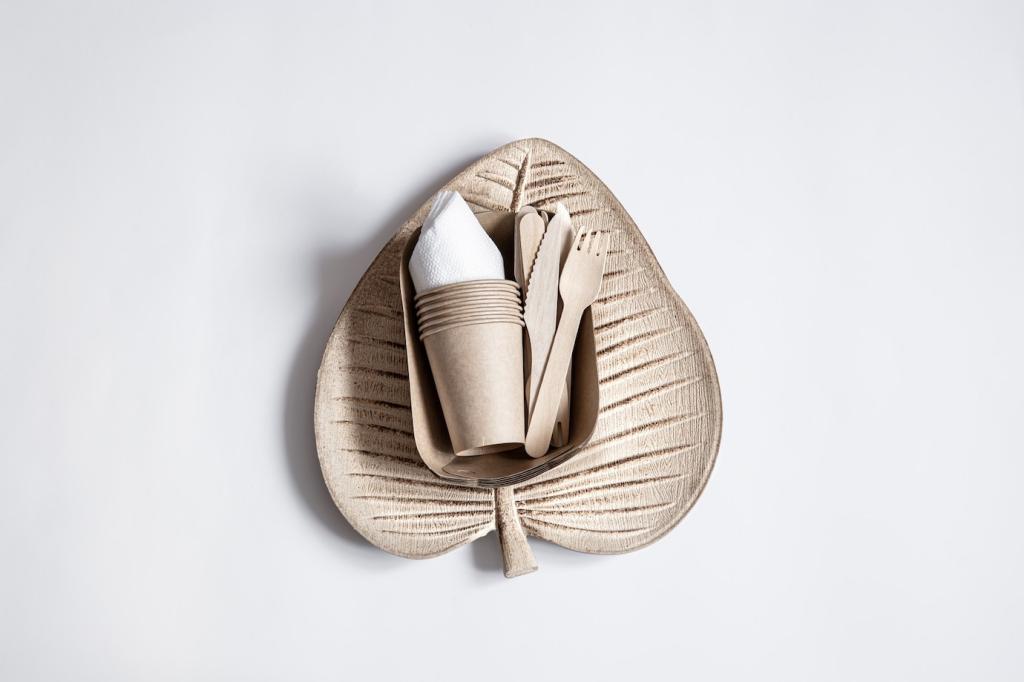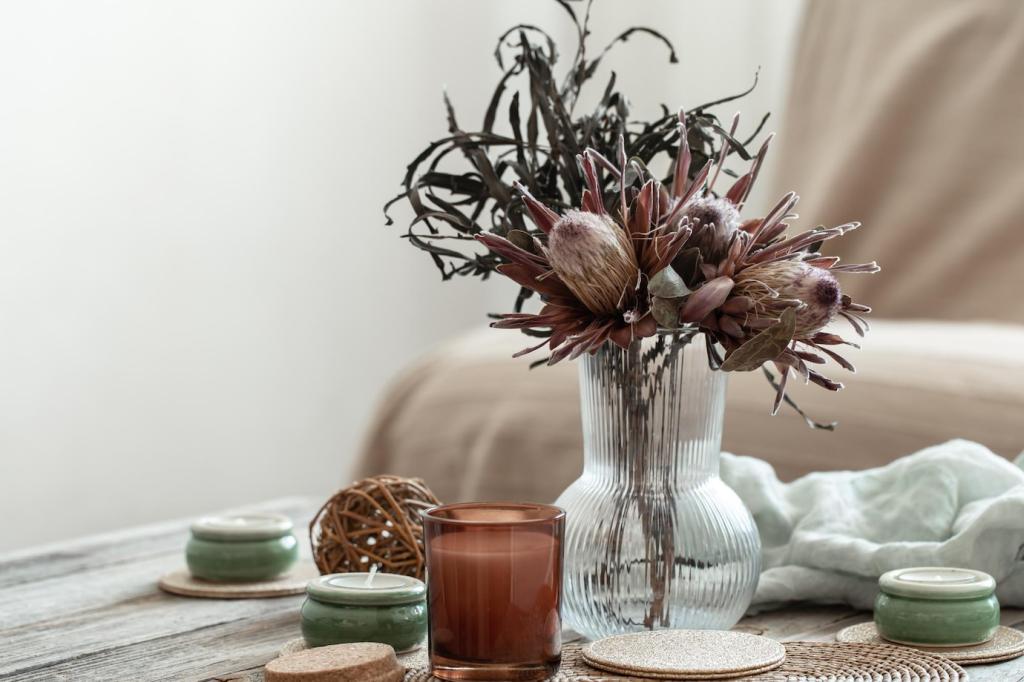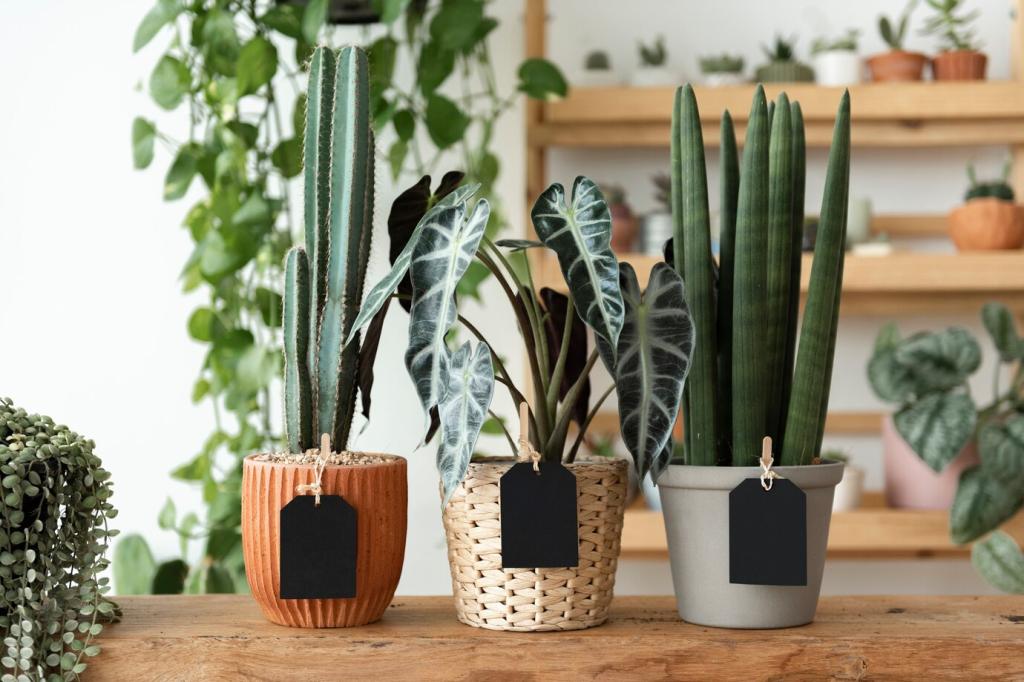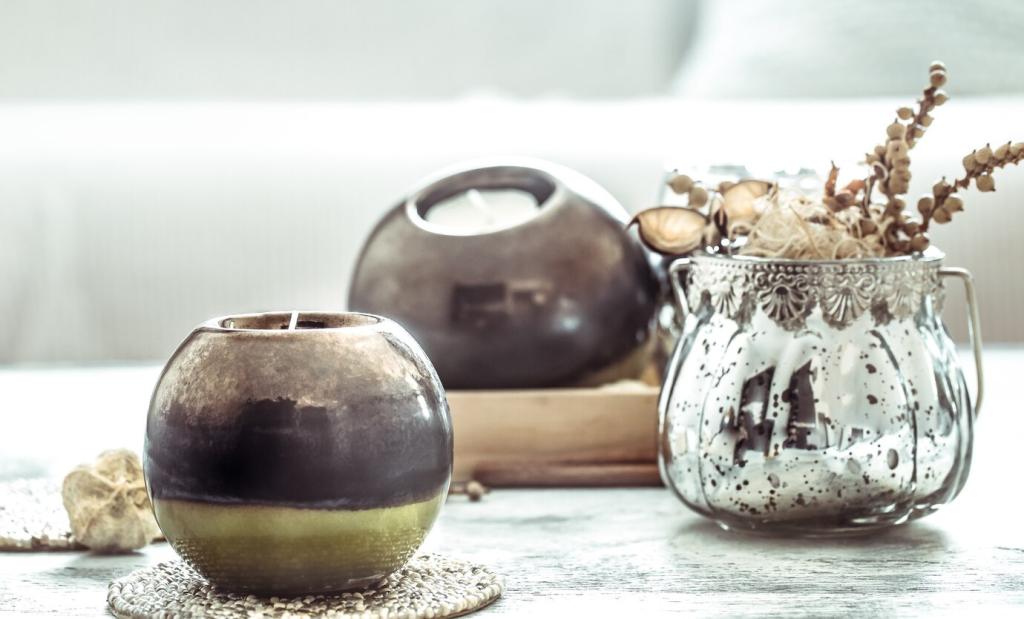Recycled Rubber and Upcycled Surfaces
Rubber absorbs impact, softens noise, and shrugs off dropped tools or toys. Tiles enable localized repairs and quick layout changes. Share your room dimensions, and we’ll help calculate waste-minimizing layouts that keep materials and budgets in check.
Recycled Rubber and Upcycled Surfaces
High-quality rubber should meet strict emissions standards and exhibit minimal odor after proper ventilation. Request test data and certifications. Comment with any sensitivities or concerns, and we’ll recommend products known for excellent indoor air performance.





